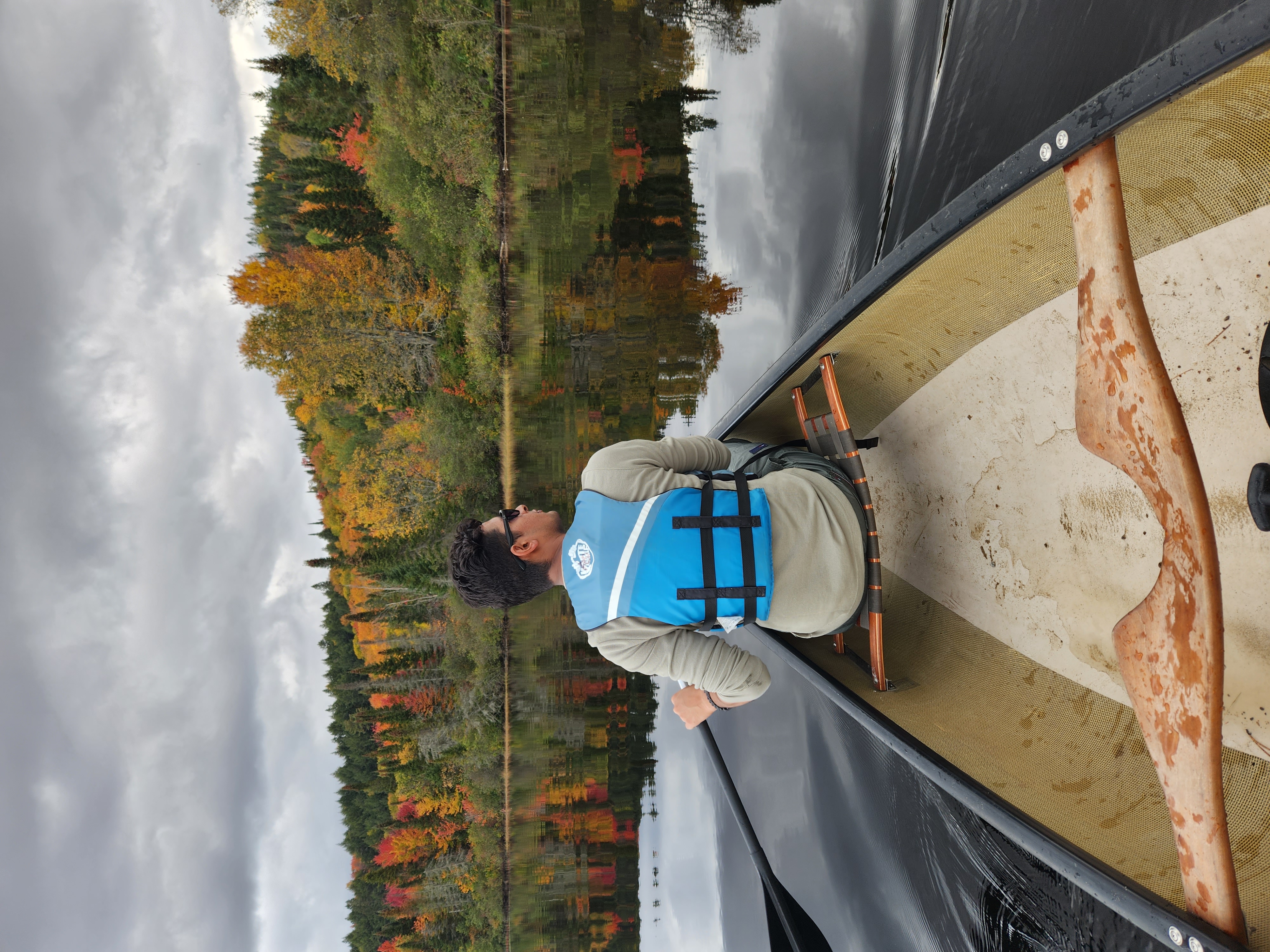What Canada Must Do to Build a Successful High-Speed Rail System
Canada has long flirted with the idea of high-speed rail (HSR), but progress has been slow and fragmented. As China pushes forward with its maglev trains reaching speeds of over 600 km/h, and as countries like France, Japan, and Spain continue to expand their HSR networks, Canada is at a crossroads. If it wants to modernize its transportation infrastructure, decarbonize long-distance travel, and create a more connected nation, it must act decisively and strategically.
We outlines what Canada must do to ensure its high-speed rail ambitions become a reality, and not just another shelved megaproject.
1. Build Dedicated, Grade-Separated Infrastructure
The number one requirement for true high-speed rail is a dedicated, fully grade-separated corridor. High-speed trains cannot operate reliably or safely on freight lines due to differences in speed, weight, signalling, and scheduling.
Currently, much of Canada’s intercity rail uses track owned by freight operators like CN and CP. These tracks are congested, aging, and not built for speeds over 160 km/h. If Canada wants to reach speeds of 250–300 km/h ,or higher, it must construct entirely new rail corridors, isolated from freight and regional commuter traffic.
This is how nations like Japan and France succeeded. Japan’s Shinkansen trains operate on separate infrastructure with no level crossings, enabling them to maintain strict schedules and high safety records. Canada must adopt this same approach, starting with the Quebec City–Toronto corridor.
2. Secure Long-Term Political and Financial Commitment
The Canadian government has already allocated $3.9 billion to advance HSR planning in Ontario and Quebec, but that is only a fraction of what the full project will require. Estimates range from $80 billion to $120 billion for construction, depending on the final design, route, and scope.
To deliver such a massive project, Canada needs cross-party political alignment that transcends election cycles. Long-term infrastructure of this scale cannot be at the mercy of changing governments or shifting budget priorities. The federal government should work with provinces, municipalities, and international partners to secure stable funding through bonds, public-private partnerships (PPPs), or infrastructure banks.
3. Focus on High-Density Corridors First
The Quebec City–Toronto corridor is home to nearly 18 million people and generates over 40% of Canada’s GDP. It’s the most logical and economically viable place to begin HSR development. This corridor includes cities like Montreal, Ottawa, Kingston, and Toronto, which already have high levels of intercity travel and economic interaction.
By focusing initial efforts on this region, Canada can generate ridership quickly, test operational models, and build public support for future expansion. Eventually, HSR could be extended to other regions such as Vancouver–Seattle or Calgary–Edmonton, but success depends on starting with the most promising route.
4. Use Global Best Practices in Project Management
Canadian megaprojects are often plagued by delays and cost overruns. To avoid these pitfalls, the HSR project should adopt best practices from countries with proven track records. This includes using fixed-price contracts, clear milestone-based payments, and experienced operators such as France’s SNCF or Germany’s Deutsche Bahn as advisors or partners.
Public accountability and transparent project governance are essential. Delays in Toronto’s Eglinton Crosstown LRT and Ottawa’s Confederation Line show what can go wrong when governance is weak and expectations are unclear.
5. Make HSR Central to Canada’s Climate Goals
Transportation accounts for nearly a quarter of Canada’s greenhouse gas emissions, with much of that from cars and short-haul flights. High-speed electric rail offers a clean, fast, and efficient alternative to both.
France has already banned short domestic flights where a train journey of under 2.5 hours exists. Canada can adopt similar policies in the Quebec–Toronto corridor once HSR is in place. This will further reduce emissions, free up airport capacity, and encourage modal shift to sustainable transit.
6. Ensure Regional Equity and Inclusion
The HSR project must not be seen as just an Ontario-Quebec initiative. Even within the core corridor, cities like Trois-Rivières, Peterborough, and Belleville should be integrated where feasible to share in the economic benefits. Long-term expansion plans should also consider the Prairies and Atlantic Canada.
Moreover, Indigenous communities and local municipalities must be engaged early and consistently. Successful projects require social license, especially where new infrastructure crosses sensitive or unceded lands.
Conclusion: A National Legacy in the Making
Canada is at a pivotal moment. As global peers push ahead with next-generation mobility, we risk being left behind unless we act now. High-speed rail is not just a transportation upgrade, it’s a nation-building project. It can transform regional economies, reduce carbon emissions, and unite distant communities through fast, clean, and reliable travel.
But to achieve this, Canada must move beyond feasibility studies and political promises. It needs bold leadership, serious investment, and the will to build something lasting, just like Japan did in the 1960s and China has done in the 21st century.
It’s time to get Canada moving, at high speed.














